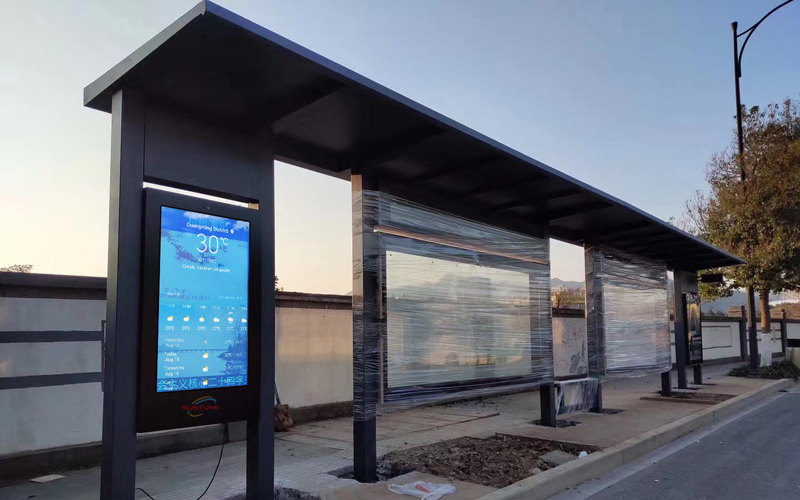The advent of outdoor digital signage has dramatically changed the face of advertising, branding, and public communication. However, leveraging this technology effectively requires careful planning, appropriate technology choices, and ongoing management. This article aims to offer a deep dive into these crucial aspects, and provide guidance to make the most out of your outdoor digital signage investment.
1. Planning
1.1. Define Your Goals
Begin by outlining what you hope to achieve with your signage. This might include driving foot traffic, enhancing brand recognition, displaying critical information, or creating an interactive user experience. Your goals will significantly influence the design, placement, and content of your signage.
1.2. Consider Your Audience
Think about who will be viewing your sign, when they’ll be seeing it, and what message will resonate with them. This should inform not only your content strategy, but also the size and location of your signage.
1.3. Local Regulations and Permits
Research the local regulations regarding outdoor signage in your area. Regulations might cover size, brightness, motion, placement, and even content, and you will likely need to secure a permit before installation.
2. Technology Choices
2.1. Environmental Resistant Displays
Given the variety of environmental conditions outdoor signs are exposed to, it’s crucial to invest in displays designed to withstand them. Look for options that offer water resistance, dust resistance, and durable construction.
2.2. Brightness and Visibility
Invest in high-brightness displays that remain easily readable even in direct sunlight. Consider anti-reflective technology and take into account the sign’s orientation relative to the sun’s path.
2.3. Connectivity and Power
Reliable power supply and internet connection are vital for digital signage operation. Ensure a steady power source and consider wired or wireless connectivity solutions depending on your setup.
3. Security Measures
To mitigate the risk of vandalism or theft, invest in protective measures such as sturdy casings, secure mounting, and anti-graffiti coatings. Consider security cameras or alarm systems for additional safety.
4. Ongoing Management
4.1. Content Management
Depending on your signage goals, managing and updating the content can be a significant task. Consider using digital signage software that allows for easy content scheduling and updates.
4.2. Maintenance and Durability
Regular maintenance is crucial to prolong the life of your signage. This includes cleaning, checking for damage, and promptly addressing any issues.
4.3. Accessibility
Ensure your content is accessible to all viewers, including those with disabilities. Consider factors such as height, color contrast, text size, and even the inclusion of braille or audio descriptions where appropriate.
4.4. Integration with Other Systems
If you plan to integrate your signage with other systems (like interactive features or syncing with your IT system), plan for the additional technical challenges this might present. Professional IT support could be a valuable investment.
5. Cost
All these factors contribute to the cost of outdoor digital signage. While it’s an investment, the potential returns in terms of increased visibility and communication effectiveness can be significant. Consider both the initial setup costs and ongoing costs like energy consumption, maintenance, and content management in your budget.
6. Evaluation
Lastly, set up a method to evaluate the effectiveness of your signage. Metrics might include increased foot traffic, customer engagement, or specific call-to-action responses. Regular evaluation allows you to tweak your strategy and ensure you’re meeting your goals.
To summarize, outdoor digital signage can be a powerful tool when utilized effectively. With careful planning, smart technology choices, and ongoing management, businesses can harness this tool to drive engagement, increase visibility, and enhance communication in the public sphere.




